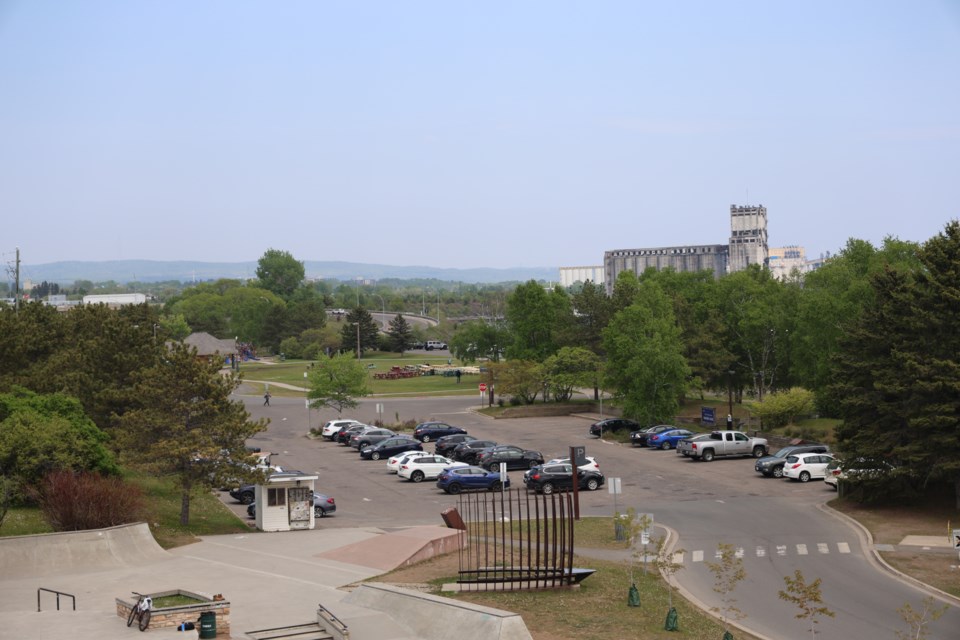THUNDER BAY — Work is slated to begin this year that will dramatically reshape how a popular outdoor event space will look and operate.
The festival area at Marina Park, which is the site for outdoor concerts like Live at the Waterfront, Wake the Giant and the former Blues Fest, and cultural events like the Festival of Colours, will see some major construction over the next few years. For 2025 and 2026, the work will be done outside of the main summer months, said Guy Walter, the landscape architect for the City of Thunder Bay.
“For this construction year and next construction year, they're only in the shoulder seasons,” Walter said, referring to the spring and fall time when work will be done. “The following year, 2027, that's when we will be shutting down the entire site and renewing the entire festival area.”
The city held a public engagement session at the Baggage Building Art Centre on June 7 so people could check out the planned redesign and how the phases of construction are being laid out.
The work slated for this year will start after the Wake the Giant music festival in September, Walter said, adding that phase one will continue into spring of 2026, wrapping up before the summertime events schedule. Phase one involves things like reconfiguring the Camelot Street parking lot (including the addition of constructed wetlands nearby to aid in stormwater management), adding necessary infrastructure for utilities to the small pavilion building near the harbourfront pond, and starting site work for a new playground and a new picnic area.
“Currently, we've just completed schematic design of the overall park,” Walter said. “We'll be putting a tender out before the end of June for fall construction to start this year.”
The overall plan will see the stage moved from its current location to the north end of the festival area, rerouting and widening Bobby Curtola Drive — the section of road in Marina Park that runs from the Marina Park Overpass to the south end of the current festival area — running electrical and sanitary sewer connections to the new staging area and a planned “command centre” building, constructing a building that will include full-service washrooms and storage near where the current stage is, improving the buffer between Prince Arthur’s Landing and the railway, creating a vendor area (which can also be used as a secondary staging area, among other changes and improvements.
Overall, Walter said, the changes will allow for more capacity for concerts and more amenities for performers.
“The biggest part of this redesign is to really kind of push our capacity up so we can host bigger events,” Walter said. “Working with a lot of these operators and … getting an idea that if we can get another two, three thousand people in there, they can bring in bigger tickets.”
“So, the idea is attracting bigger shows, bigger events, having the services built into the infrastructure so that the performers will come because we don't have a lot of that infrastructure on site.”
The main spectator area will also be graded to function like an amphitheatre, he said, meaning people at the back will have an elevated vantage. It will also function as a sliding hill in the winter, Walter added.
Work is expected to be complete by September 2028.
Longstanding features of Prince Arthur’s Landing like the Tai Chi Park won’t be moved, Walter said.
“It's a lot going on, and then of course, the one thing that kind of ties it all together is introducing the waterfront trail through the site,” Walter said.
“That brings people to the water, giving them different experiences moving around the site, and it's just really trying to connect more of our waterfront that way.”
